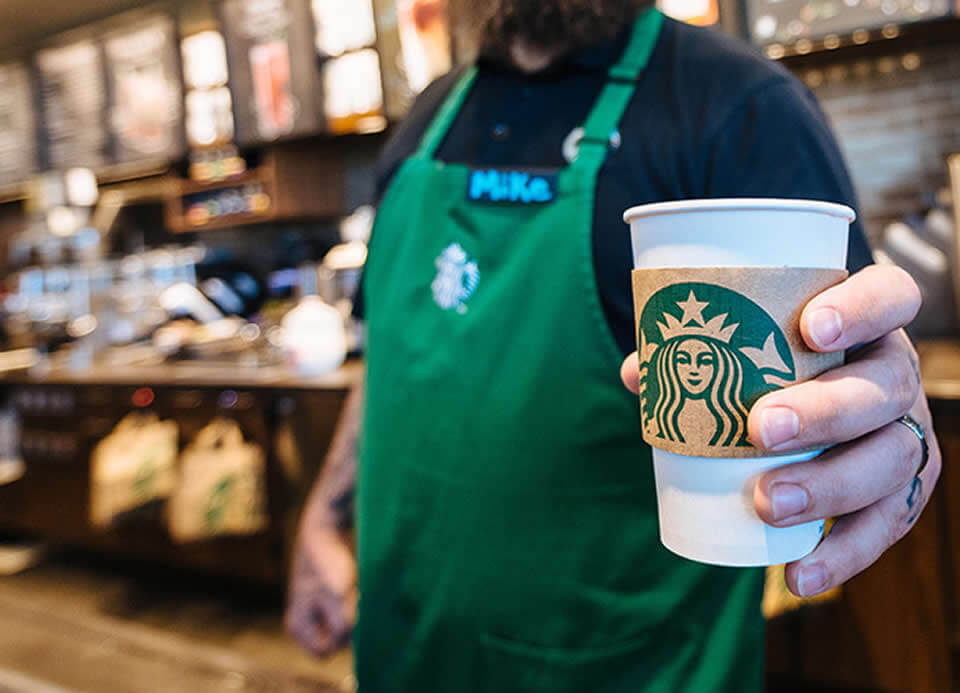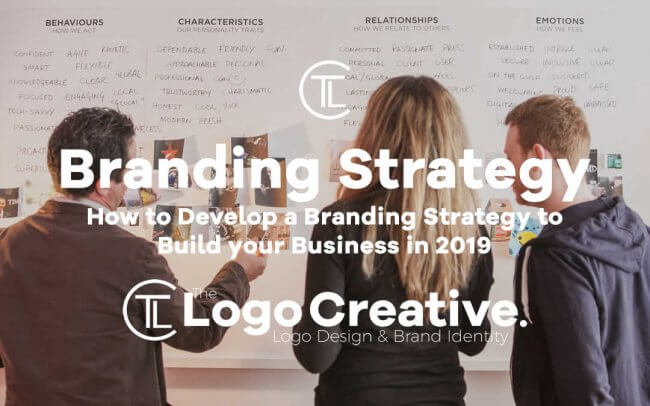Branding has never been more important. In 2019, strong branding is key: whether you are a major company, a small business, a startup or a social media influencer looking to build a personal brand. In all these cases, having a strong brand is critical to successfully growing your business and meeting your goals.
In this article, we look at the what, why and how of creating a branding strategy which will help you to grow your business in 2019.
Table of Contents
What is a Brand?
There are many elements of branding. Some are more obvious: things like your logo, slogan and tag lines, which very obviously represent you to the general public. Others are more subtle: the tie into your company’s story and how this is told to a wider audience, through online presence, social media, PR, and content, among other methods. Most subtle of all, branding can also be established through how your company does business, such as how they approach their customers and how they treat their employees so its not always about visual design but the overall experience you have with that brand.
I asked Andrew at The Logo Creative to give me some great examples of some famous and successful branding experiences and here is what he included:-
“There are so many examples of great brand experiences that I have experienced and I’ll give you some that have stood out to me and have stuck in my mind from my past personal experiences”
McDonalds Drive Through

“I don’t go much to eat but mainly for a drink while I’m on the road traveling, but i always find I get the same level of good service when using a McDonalds drive through such as their brand tone of voice (the way they speak to you), how they serve you and the order in which you get your items it’s these little things as simple as they are that count they are also quick, convenient and consistent and all this adds to the overall brand experience. If you get one person who is having a bad day it can ruin the whole brand experience for the customer this has only ever happened to me once at a McDonalds and I was in a different country I still got what I wanted and it was nice but I’ll never forget the experience”
Apple Store

“Nearly all Apple stores and most big brand stores, in general, have the same layout so it feels like your in the same store and you know exactly where items are making the experience hassle-free. The Apple Store stands out to me in the form of branding and its customer experience. When you walk into an Apple store you receive exceptionally high standards of customer service which is what you would expect from a premium brand like Apple. I like their attention to minimalism everything from store layout, staff uniforms to their device designs.
There are plenty of knowledgeable and friendly Apple Geniuses on duty to help customers with questions and their device issues in an efficient way.
The overall Apple experience goes well beyond the actual store itself. Every tiny mico step along the purchasing journey all become part of the process. Even unboxing the latest devices feels undeniably right on-brand. In fact, there are thousands of videos that demonstrate peoples’ excitement as they slice off the shrinkwrap and then remove a clean, white lid to reveal the newest device embedded and seated perfectly in its box. Simple minimalistic packaging that tremendously mimics Apple’s brand aesthetic frames the device to ensure that all attention focuses on the product itself.
Through Apples clean and consistent marketing that transfers across their advertisements, store layouts, events they hold, and their packaging, Apple has deservedly secured its spot as the “THE” tech company. When in comes to promoting their latest products Apple are on par every time — the Apple brand makes for the perfect case study in “genius” marketing. Use this global tech giant as a true inspiration to ensure your own company’s branding remains modern and consistent.”
Starbucks

“You go to Starbucks for a great tasting coffee, but you also immersed in experiencing everything else that goes into making the experience great. Everything from the people that create your drink in a number of unique to see ways, through to viewing it all take place, and then smelling that roasted coffee that really makes you appreciate it even more. The personal experience of adding your name to your cup while they make it is something that is well known for Starbuck throughout their stores.
Starbucks has a great array of unique furniture and seating in complementing styles giving you the opportunity to personalise your experience by choosing the right environment to relax and enjoy your drink you can even work in there on your laptop and not feel out of place. Paying that little extra for this type of experience is worth it!”
Why is Branding Important?
Branding is important because consumers make purchasing decisions based on this. This is not the full picture of course: they also make decisions based on factors such as price, convenience, and product features. However, a business’ brand is one of the main reasons people decide to buy their product or service. Perhaps more importantly, strong branding can convince a customer to keep coming back, time and time again.
When done well, branding will show who you are as a company and what differentiates you from your competitors. It will enable you to build relationships with your customer base, and ultimately convince people to do business with you, over and over again.
Steps to Create a Branding Strategy in 2019
Creating, developing and promoting your brand is a multi-faceted process, though not overly complex if you know how. Here is a step-by-step run down to creating a branding strategy today.
-
Define your target audience.
Before you can determine the branding which will be most effective, you need to know how you are talking to. As a brand, you will be addressing a target audience, which is made up of your ideal customer group or groups. Take a moment to define your ideal customer: what age, gender, and profession are they? Where do they live? What do they do in their spare time?
If you are an established company with an existing customer base, your target audience may not necessarily be your main customer group, but rather a new market segment you would like to target. Otherwise, your target audience is likely to be the main customers who you would like to buy your product.
-
Identify the characteristics which will most effectively speak to your target audience.
Next, think about your target audience and what they are looking for in a brand. What brand characteristics are going to be attractive to them? What will convince them to buy a product or service? Some groups are more likely to buy from highly professional, traditional brands, while others will be attracted to fun and quirky brands. For some groups, ethical and sustainable elements are important and they will even pay a premium for this characteristic.
-
Conduct competitor analysis
Taking a look at what your competitors are doing lets you optimise your own branding. You can look at what branding elements resonate strongly with your target groups by seeing which brands have been successful in engaging with them. You can also take note of companies who have not been so successful, and learn from their mistakes. Finally, competitor analysis allows you to identify gaps in the market and find your brand’s unique niche which will set you apart from the competition.
-
Choose your marketing tactics
Marketing should not only use your branding, but it should also be defined by it. Your company’s branding should direct you as to which marketing tactics to use. If your brand is all about innovation, it is critical that you use the latest social media platforms and cutting edge technology to market your business. If you are centered around communications and PR, your brand will likely be tied to being knowledgeable of the latest digital marketing techniques, and so it is important that you use ghost marketing strategies to show you are knowledgeable in this area.
-
Formalise your brand
One of the most important things when it comes to a branding strategy is that you need to be consistent. In order for your branding to be successfully communicated to your target audience, every single aspect of your communications should promote and reflect your business’ brand. You should create an in-house document such as a style guide which clearly sets out your branding, messaging and other key communications elements. Most importantly, this style guide should be implemented without exception through all levels of the organisation.
Here is a great article that you will find very interesting that showcases 10 Examples of Powerful Global Branding.
 Author Bio
Author Bio
Tom Buckland is Founder & Director of Ghost Marketing. He lives and breathes link building & digital PR.


